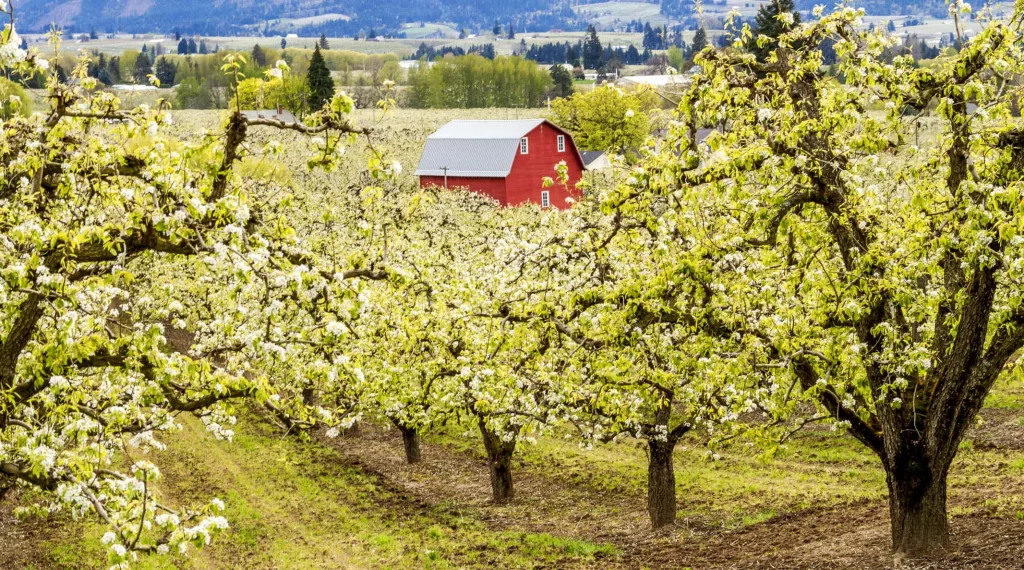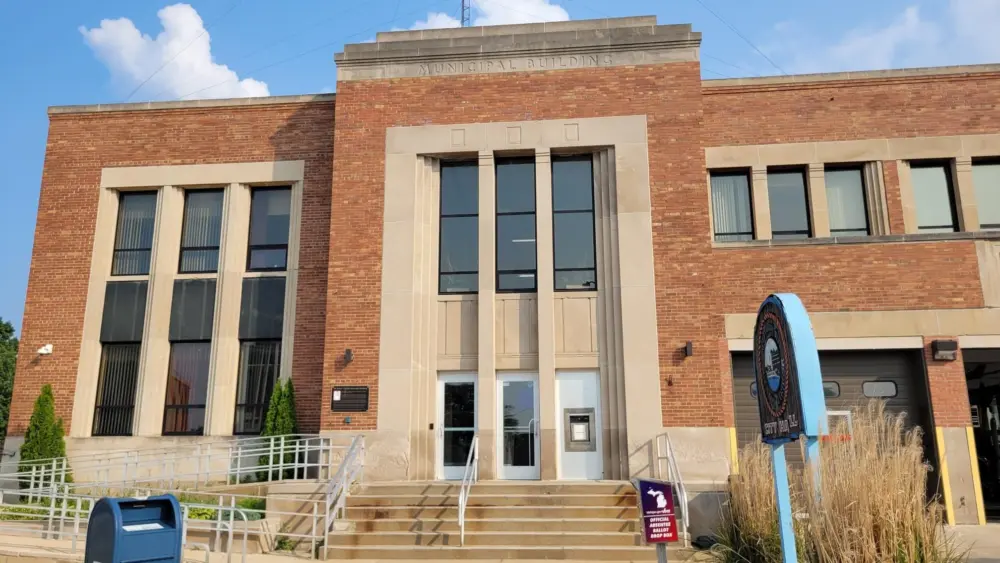Brief though it was, there is increasing concern among farmers and fruit growers in some areas of Michigan’s Great southwest regarding the impact of the May 8th early morning freeze. Michigan State University Fruit Educator Brad Baughman reports this week that the impact is becoming more apparent, adding, “Some crops were hit hard, others suffered little damage.”
In his weekly update of May 16th, Baughman says, “Last week started with a freeze on Monday, May 8. This radiation freeze caused wide spread variable damage. Every freeze is different and this one was no exception. The temperatures were cold enough to cause damage, but not cold enough to damage all crops or cause severe damage across the region. Damage is quite variable depending on the crop and site. Sites that normally escape injury were hurt and other where you would expect severe damage did not suffer as much as expected. Flowers exposed to the sky and on the tops and tips of shoots were hurt more than protected flowers in the interior or those facing down away from the open sky.”
What happened, according to the MSU expert is, “The dry air allowed temperatures to drop quickly.” He says that many people are still assessing the damage from the freeze, which was probably the last spring freeze of 2017 in southwest Michigan.
Baughman points out that following the brief foray into colder temps, the rest of the week was warm and pleasant. He adds, “The cool conditions two weeks ago almost stopped plant and insect development. Warm conditions have moved plants quickly. Many plants that looked weak now appear healthy. The combined effect of this temperature rollercoaster is that we are close to our average normal development for this date.”
In looking specifically at several crops Baughman shared these observations:
- Tree fruit — The impacts of the May 8 freeze are becoming more apparent in low areas and areas away from Lake Michigan.
- Peaches and nectarines are at shuck split or out of the shuck. — Peaches in good peach sites did not suffer much from the May 8 freeze, and the crop potential for peaches looks good.
- Sweet cherries — Damage to sweet cherries from the May 8 freeze is spotty.
- Montmorency tart cherries — Damage from the May 8 freeze is generally light and spotty. Some orchards report significant damage. The tart cherry crop looks about average for southwest Michigan.
- Grape shoots are 3-6 inches long with flower clusters exposed in Concord, Niagara and early hybrid varieties. Later hybrids and vinifera grapes have 1-5 inches of shoot growth with flower clusters exposed on the longer shoots. Many exposed shoots were frozen in in the May 8 freeze. Damage is widespread and varies greatly from one site to another. Both juice grape and wine grapes were injured, though damage is most severe in juice grapes. Some vineyards will see no crop reduction; others may see serious crop reduction. Where damage is severe, secondary shoots will grow in a few weeks. These secondary shoots will have flowers on them, but their development will be delayed.
- Blueberry bloom continues. With the warm weather, many fields are approaching full bloom. Effects of the May 8 freeze are readily apparent. The freeze was cold enough to cause injury to open bloom, but not cold enough to kill less developed flowers. Overhead sprinkler systems seemed to provide good protection. Damage in unprotected fields depends on the site, stage of development and the actual low temperature. The freeze mainly damaged only open flowers and damage to the petals of open flowers was readily visible. Only flowers at the tips of the shoots were open and damaged.
Considerably warmer weather since the freeze has removed ongoing fears, and, as Baughman suggests, we likely have experience the last freeze threat of the 2017 growing season.






